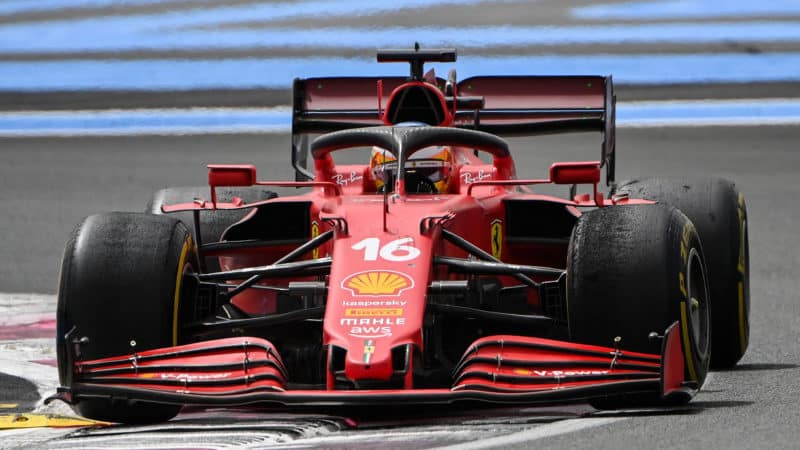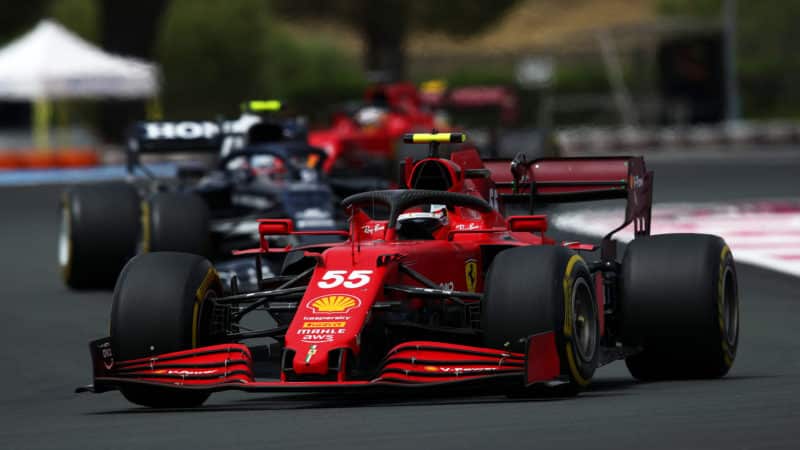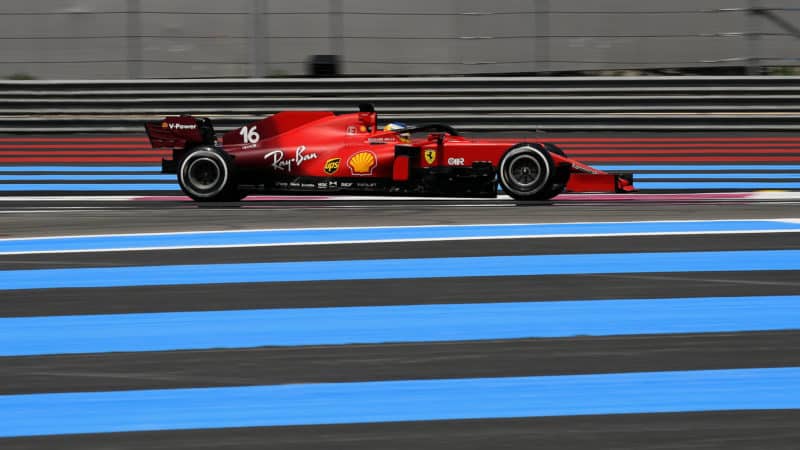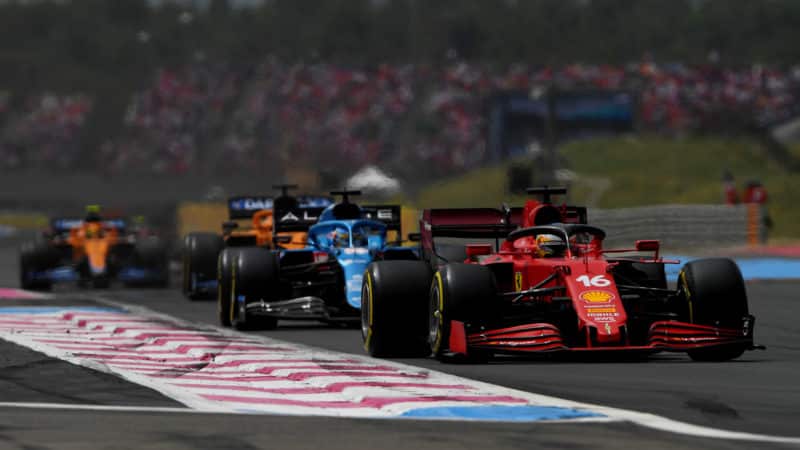However, France was not an outlier. There is something in the package that the team hasn’t got on top of, and the freeze on development applied to the 2020-’21 cars makes it even harder for the team to dig its way out of the hole it is in.
“We have a very narrow window where we manage to make the tyres work,” Leclerc explained after the race. “And somehow it’s very difficult for us to always be in that particular window to make them work.
“And today we clearly didn’t manage to put them in that window, and we just really struggled, especially with degradation. From lap five or six of every stint we struggled more than the others.”
Team boss Mattia Binotto is the man in the spotlight who now has to find a way to get Ferrari’s season properly back on track.
“I think that we have not been able or capable of making the tyres working, as we should have done,” said the Italian. “And I think that our performance was really strictly linked to the tyres, the way we make them work.
“I think today the track was slower, less grip. Maybe the rain of the morning, a greener track, so having less grip, we are sliding more, and when you start sliding more you create graining. Certainly on our car it has been worse than the others.
“But I think as compared to the previous days, I think simply the track today was more green and more slippery.
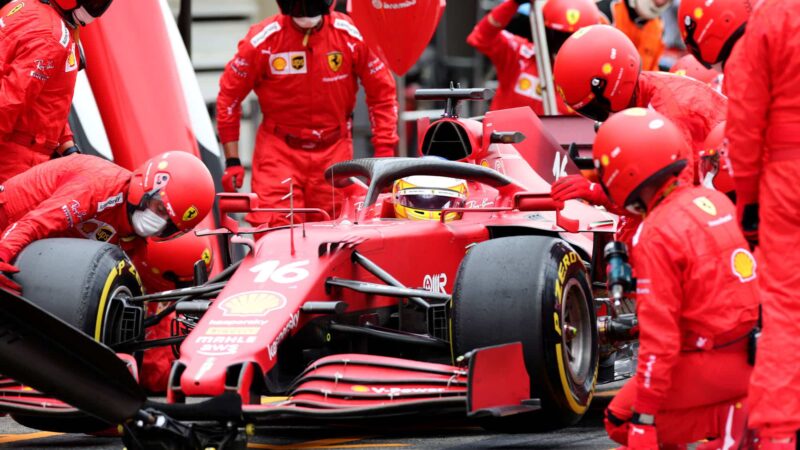
A Hapless Leclerc had to make an extra stop to just make it to the end – he finished 16th
Peter Fox/Getty Images
“Out of the points, it’s a long time that it was not happening. I don’t think it’s reflecting really the true pace of our car, or the true performance of the car itself. But no doubt that there is something that we need to learn and to address, if not for the near future, the certainly for the medium and long term.”
Intriguingly Binotto admitted that there were warning flags raised at the same venue at the last French GP in 2019, and that the team should have heeded them.
